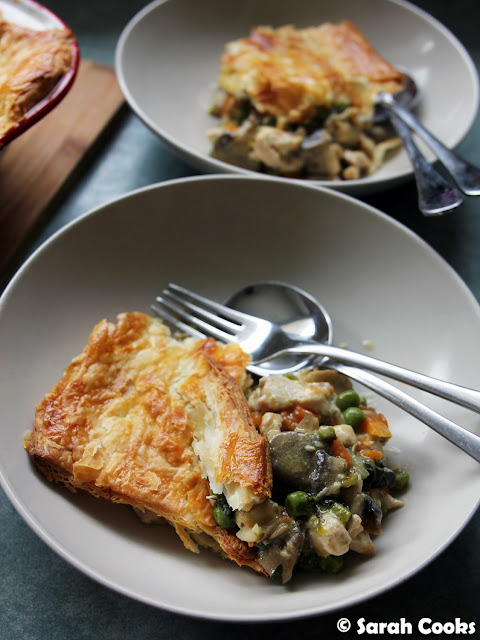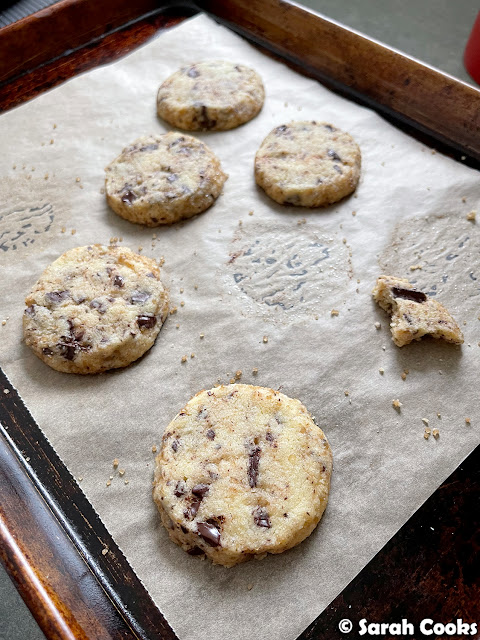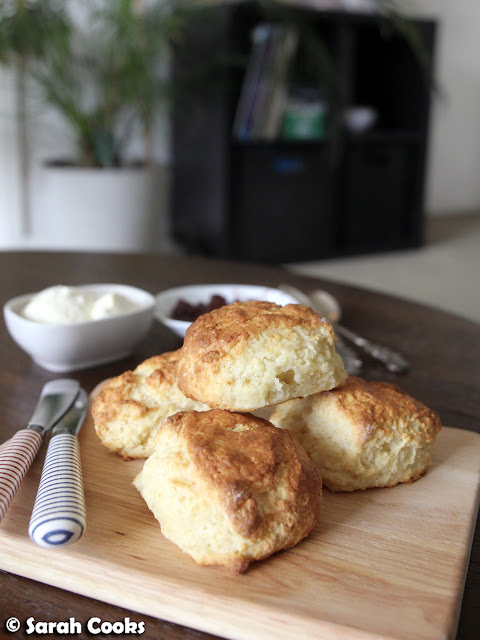I recently wrote an essay on pornography for cinema studies, and whilst researching (extensively) for my essay I made the connection between food writing and pornography.
Before I continue, I have to state that the purpose of this essay is not to contend that consuming food writing is a sexual experience. I do, however, find it interesting that many cookbooks and cooking programs take on features of a pornographic aesthetic. An obvious example is Nigella Lawson’s programs (not that they were overtly sexual to begin with, but I think that due to her stunning beauty, many viewers find her program sexual… and she seems to have picked up on this in the later seasons). But more amusing and obviously sexual is Nigel Slater’s Real Food. From him lying atop the bench in his dimly-lit kitchen, the 80’s-porn-film-Careless-Whisper-style saxophone in the background and the way he describes the food – “Stir the chocolate in the double boiler until it becomes smooth and sexy”, or “I love a good sausage”, his show is full of sexual innuendos which are so overt that they’re just not innuendo anymore. It’s hilarious. But more importantly, his shows (and Nigella’s ones too) are good, and the sexuality is just an interesting aside to the quality recipes that they present.
Anyway, back to the connection between food writing and porn. Pornography is something pleasurable and obsessive you consume in private, which involves transgressing boundaries you police publicly (Lumby, 1997, p97-98). I consume endless cookbooks and food magazines (Nigella Lawson, Jamie Oliver, Jill Dupleix, Vogue Entertaining and Travel, Australian Gourmet Traveller etc), and can spend lots of time just sitting and reading.
Although a concrete definition of pornography is difficult to pin down, broadly speaking, “pornography’s principal and most humanly significant function is that of arousing sexual excitement” (Carter, 2000, p. 534), inciting sexual activity and ultimately leading to orgasm. This type of definition can also be applied to food writing – food writing’s principal and most humanly significant function is that of arousing the appetite, inciting eating or cooking, ultimately leading to satiation. I know that when I read quality food writing or watch quality food programs, my appetite is undoubtedly aroused… or at the very least I am inspired to cook.
The spectrum of pornography runs from soft-core erotica to hardcore pornography. In a similar manner to attempting to define the term ‘pornography’, establishing a concrete delineation of and separation between erotica and pornography is difficult, as the terms are again subjective and ambiguous. Furthermore, individual responses to various erotic stimuli will inevitably vary from person to person. According to Han Li Thorn, an erotica author, pornography is sexually driven, emotionally remote, crude and functional in its purpose to stimulate orgasm. Lisabet Sarai, another erotica author, considers the responses of the body and mind to the text to be the determining factor in distinguishing pornography from erotica. Sex without stimulating the mind is just sex, but the purely physical can be transformed to the erotic by means of appealing to the mind. In my case, I would classify fast food advertising as ‘hardcore food porn’, in its crude function of stimulating appetite without appealing to the palate in any sort of sophisticated way. Neil Perry’s Food Source program, on the other hand, would be soft-core erotica – yes it does stimulate your appetite, but it also makes you think about food as a whole experience, rather than just satiation of appetite. When you watch his program, you think of the suppliers, the quality of the food, matching the food with appropriate drinks, combining flavours and the enjoyment of the whole food experience.
The function of erotic writing is to turn “the flesh into word. This is the real transformation the text performs upon libidinous fantasy” (Carter, 2000, p. 535). Additionally, the “verbal structure is in itself reassuring. We know we are not dealing with real flesh or anything like it, but with a cunningly articulated verbal simulacrum which has the power to arouse, but not, in itself, to assuage desire” (Carter, 2000, p. 535). In my opinion, Nigella Lawson is one of the most skilled food writers around – her words express accurately, but not clinically, the gorgeous tastes and textures of food, (thereby arousing appetite). But more than this, she writes in a way that makes you excited to be involved in creating meals for yourself, your friends, your family, and conveys the pleasures in cooking, eating and sharing food (thus encouraging the connection of the mind to the food). Other writers I enjoy include Nigel Slater, Jill Dupleix…
Incidentally, by no means do I claim this to be an original discovery – but isn’t that the whole point of academic-style writing? To take thoughts that are already subconsciously known and understood, and then formalize them in fancy writing, thereby making yourself appear intelligent. Then you can share these ideas with everyone else and pretend you came up with them all by yourself. I’m a clever cookie.
References:
Carter, Angela. 2000. “Polemical Preface: Pornography in the Service of Women”. Feminism and pornography. Ed. Drucilla Cornell. Oxford: Oxford University Press. Ch. 28. 527-539.
Lumby, Catherine. 1997. “Why feminists need porn”. Bad Girls: the media, sex and feminism in the ‘90’s, St Leonard: Allen & Unwin. Ch. 5. 94-116.
Sarai, Lisabet. 2004. Lisabet Sarai’s Fantasy Factory. Available from
Thorn, Han Li. 2004. The Erotic Fiction of Han Li Thorn. Available from














1 comments
Omg this looks very intellectual. I am too tired to read right now.. but will tomorrow ;)
ReplyDeleteLaTER!